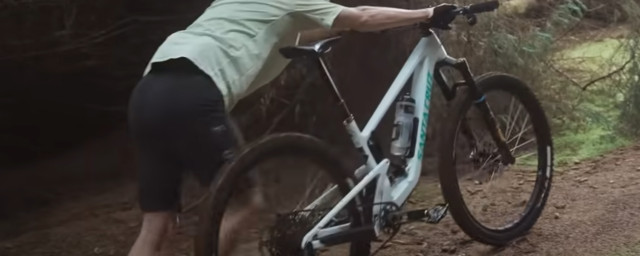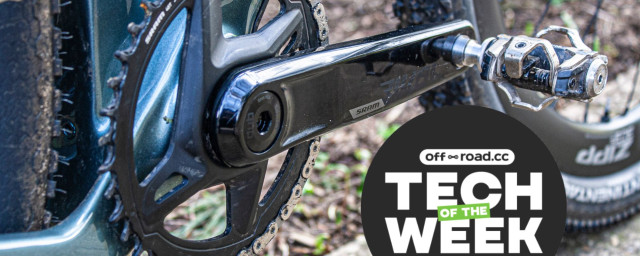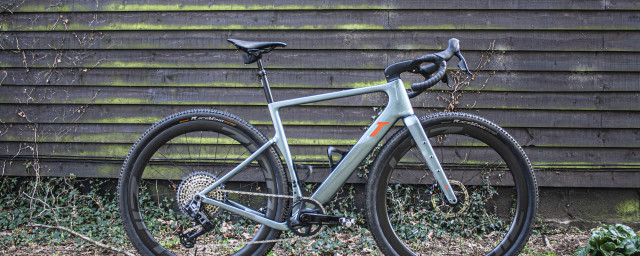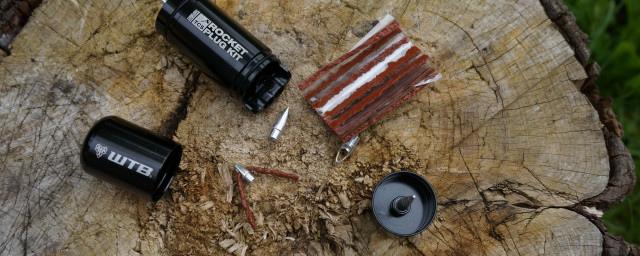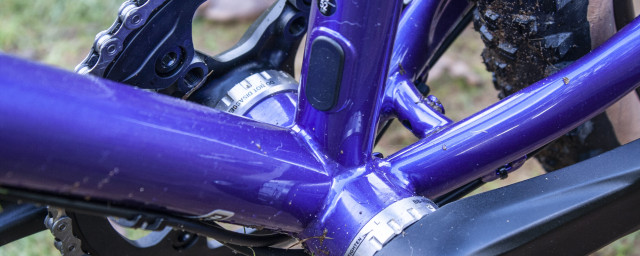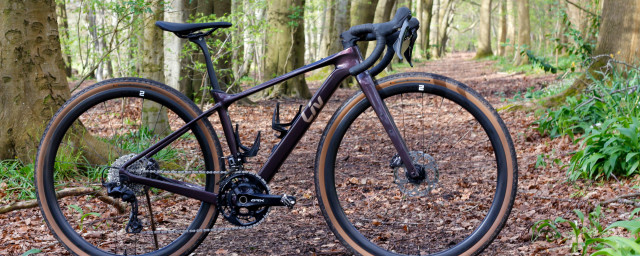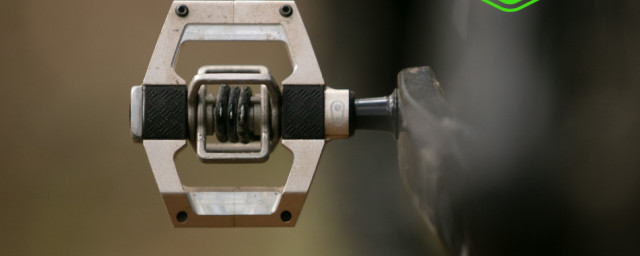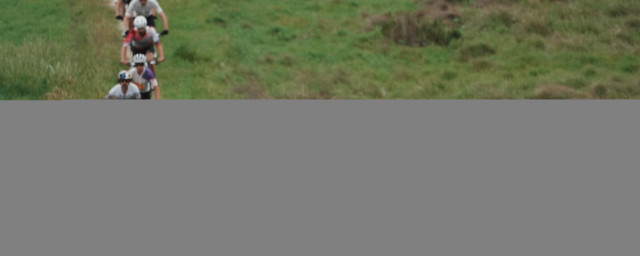There are a few basic items of clothing that are essential to any mountain biker's wardrobe, check out our advice and make sure you get the ones that are missing from your list. From a jersey, to chamois, to shoes it'll pay dividens in comfort to buy suitable kit.
- The best mountain bikes you can buy for under £1,500 - full sus and hardtails
- Buyer's Guide to mountain bike tyres - all you need to know
- The best gravel and adventure bikes you can buy for under £2,000
Some clothing makes mountain biking more enjoyable, mostly these pieces pertain from a comfort point of view but in a sport where we sit in the same position and move in the same way for often hours, comfort is top of our priority list. Some others are just damn useful and items that we’d struggle to be without. Here are our top 10 items that we wouldn't be without.
1. Chamois
A quality pair of lycra shorts with a chamois is quite literally a life saver, or an arse saver, whichever way you like look at it. We like bib shorts for sheer comfort, the straps that go up and over the shoulders removes the pressure to the stomach that regular shorts with a waistband sometimes exert. Don’t worry, you don’t have to go full XC, wear these shorts underneath baggy mountain bike shorts so no one will ever know they are there!
A chamois is essentially a piece of padding placed in the area where your body meets the saddle. Buyingwise this is most certainly a case of quality over quantity here, a thick chamois doesn’t automatically qualify the shorts to be comfortable. In fact, a thicker pad may increase rubbing and chafing. Lycra shorts with a chamois generally also promote features such as quick drying and antibacterial, all good for long hours in the saddle. Shape and thickness will come down to personal preference, all we can say is don’t skimp on the spending in this department, you won’t regret it.
2. Shorts
Mountain bike shorts come in a range of fits and materials all aimed at different disciplines of riding. Shorts for cross country riding will generally be lighter weight and shorter in length. Trail shorts will be longer and usually have more features, such as pockets and lastly short built for downhill will be heavier and made from thicker material in order to withstand crashes and keep you protected, in a trade-off against XC or trail shorts these would be hotter to pedal in.
For general riding, we’d recommend buying mountain bike shorts that do not have a seam in the crotch area to prevent rubbing and that are well ventilated with a pocket or two for small items. For normal trail riding you should look for a pair of shorts that hang just below the knee so they meet your knee pads and provide extra protection. Ones that offer a stretchy panel in the rear or in the waistband to allow you to get comfortably into the cycling position are also a good call.
3. Jersey
Mountain bike specific jerseys have seams in the right places and a cut designed for the general riding position and therefore preventing the rubbing and sores you might if you venture out in a plain old cotton tee. Jerseys are fit for purpose and will often provide additional features such as pockets or a glasses wipe. There are a huge variety of jerseys out there to choose from ranging from cooler t-shirts to zipped heavier layers to merino bases ready to layer up. We’d recommend having a thin jersey and a thicker merino base layer in your wardrobe so you can mix and match and layer up. Take a look at our buyer's guide to summer jerseys here.
4. Knee pads
5. Jacket
Cycling jackets are designed to fit best when you are actually on the bike, being longer in the rear hem and the sleeve to accommodate the stretched position when you are reaching for the bars or moving about on the bike when descending. Again, spending money in this department will be well spent, the more breathable jacket you can afford the less of a sweaty wet mess you will be should the heavens open. We also like jackets with a big enough hood to fit over a helmet (it should also stow away) and we also always look for waterproof zips to stop any leakage! Here are the top waterproof jacket's we've tested.
6. Gloves
Gloves are not only there to keep your hands warm, they are also there to give you improved grip on the bars and on the brake levers, plus valuable protection should you crash. We like a glove with a big ‘snot wipe’ on the thumb for er, wiping our snotty noses in the cold! We also like gloves which allow us to use our mobile phone without taking them off – how else are we going to post on Instagram mid-ride?
7. Glasses or Goggles?
Eye protection is a subject which always brings with it mixed views. Here at off-road.cc we are fans of protecting our peepers, editor Jon likes to wear goggles when he’s going downhill whilst staff writer Rachael prefers to wear glasses for the entire ride. Whichever you choose, protecting your eyes from low branches or flying dirt is a good idea. If you go with goggles we’d say get clear lenses, they are much more usable in all light conditions than tinted ones. If you opt to get some glasses then for a reasonable price (around £30) you will be able to get ones with interchangeable lenses so you can go tinted on sunny days and clear on dark days or for riding in the woods.
8. Shoes
Mountain bike shoes are usually stiffer than regular trainers, they will also usually feature grippier soles making the art of keeping your feet on the pedals more easily. If you already ride clipless pedals, then it is more than likely that you are already wearing mountain bike specific shoes with cleats in the bottom. For those of you who are riding flats, we’d definitely recommend getting some specific shoes, the stiffer sole (helps put the power down on the pedals evenly) and the grippy rubber compound of the sole will make an instant improvement to your riding and confidence.
9. Base layer
A base layer is an essential addition to your autumn/winter wardrobe. They are warm, breathable and keep moisture away from the skin when the weather gets rough. In the winter we layer them up with either thick outer layer if it’s really cold or thinner jerseys for the milder weather. They are will usually pack down quite small so great to store in your pack as an emergency layer too. Merino is the way to go here, it wicks sweat amazingly well and doesn’t smell making it good for a couple of wears.
10. Helmet
You might also like:
- Your complete guide to the Fox Shox fork range
- The best mountain bike pedals you can buy
- When should you replace your bicycle helmet?










